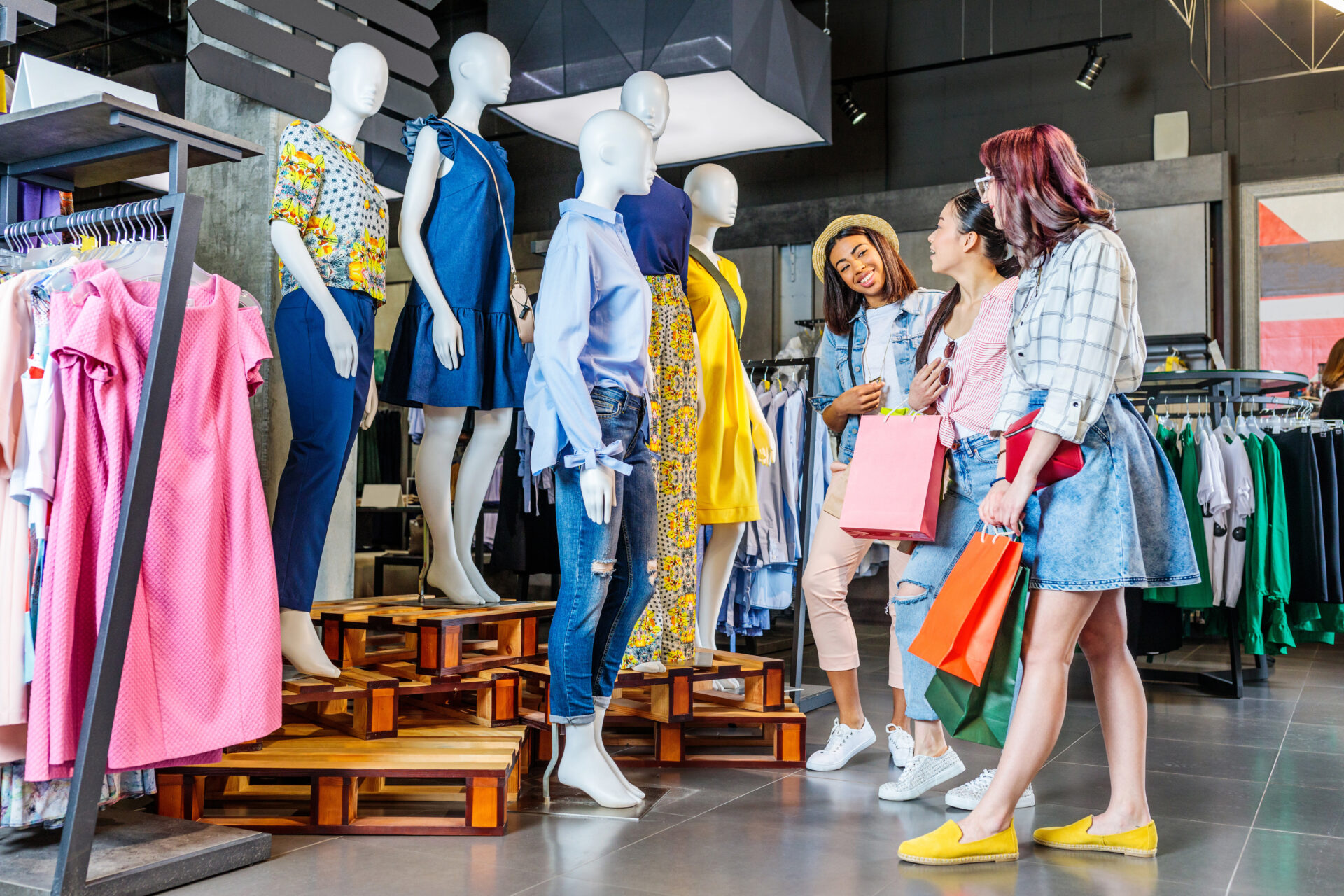Twenty-eight1 out of the total of 80 brands that tapped the market in the Central and Eastern European region2 in 2018 chose the Czech Republic as their destination. As a result, the number of new brands coming to the country remained the same as in the previous year. Poland is a close second with 26 new international brands having opened their first shops there last year. The figures come from the latest comparison prepared by Cushman & Wakefield, which monitors and compares data in the real estate sector across the region. This enables the company to provide a full picture of the developments on the Central European market.
“The number of the new coming brands remains the same, as does their strategy for tapping the markets of the Central European region. Under the strategy, Prague remains the principal gateway, a market that offers a very cosmopolitan environment and an excellent ratio of international tourists to local customers. Prague is a market where brands can foresee their success very well,” explains Jan Kotrbáček, Head of Retail Agency CEE at Cushman & Wakefield.
The current figures confirm that the region remains attractive for newly coming brands: last year’s 80 newcomers represent almost a negligible decrease in comparison with 2017 when 83 brands came to the local markets.
The greatest percentage of brands (26 per cent) comes from Italy, which accounts for the vast majority among the countries of origin of the incoming brands along with the United States and Germany.
Fashion rules
The greatest number of newly coming brands is in the fashion sector; this trend has persisted for several years now. The food and beverage (F&B) sector is gaining in importance too, as it continues to bring new concepts to the region.
The structure of newcomers by sector is similar in the region’s individual countries.
Prague is the most expensive for retailers
Rent amounts are growing across the region, with Prague and Budapest in the lead – both in shopping centres and in high streets. While the highest achievable rent in Prague’s Na Příkopě Street can be as high as EUR 230 per sq m per month, it is just EUR 150 in the region’s second most expensive capital.
Shopping centres, high streets and outlets are all attractive
The arrival of new brands in Central European countries usually involves shopping centre activity – they often open their shops on the occasion of the opening of new or extended commercial schemes.
“The opening of a new or extended project usually involves the arrival of many new brands at a time. We saw this with the Chodov Centre, Galeria Północna in Warsaw and the Wroclavia in Wroclaw. For the future, we expect the same development for example with the Savarin project in Prague. That will be a very good example of a modern multi-purpose scheme facilitating the arrival of many new and original concepts and companies on the market and in the centre of Prague,” says Jan Kotrbáček.
In addition to shopping centres, newly arriving brands often open their shops in high streets as well, and in the Czech Republic, a great percentage is also attributable to the arrivals of outlet projects, in particular Fashion Arena and Premium Outlet Prague Airport.
“There are not many new shopping centres currently being built; new projects are rare and they are primarily multi-purpose schemes combining retail, quality catering, entertainment, office, residential and hospitality uses – all in great environs with top architectural designs. Older retail schemes on the market undergo the inevitable revitalisation. Owners are forced to think about the future of their shopping centres and come up with new concepts. We at Cushman & Wakefield help them devise strategies that improve the performance and increase project value. This can be a simple face lift, extension or an overall change in the scheme concept involving the repurposing of a part of the shopping centre or department store – multi-purpose concepts that may include a retail part, restaurants, a hotel, office space and apartments. The location and the potential of the project always play a crucial role,”Jan Kotrbáček explains the latest retail trends.
1/ Certain sources cite 29 – this figure considers Starbucks Reserve to be a separate brand.
2/ For the purposes of this comparison, the CEE region includes the V4 countries and Romania.



